Trijicon Credo HX 1-6x24: A Quick Look
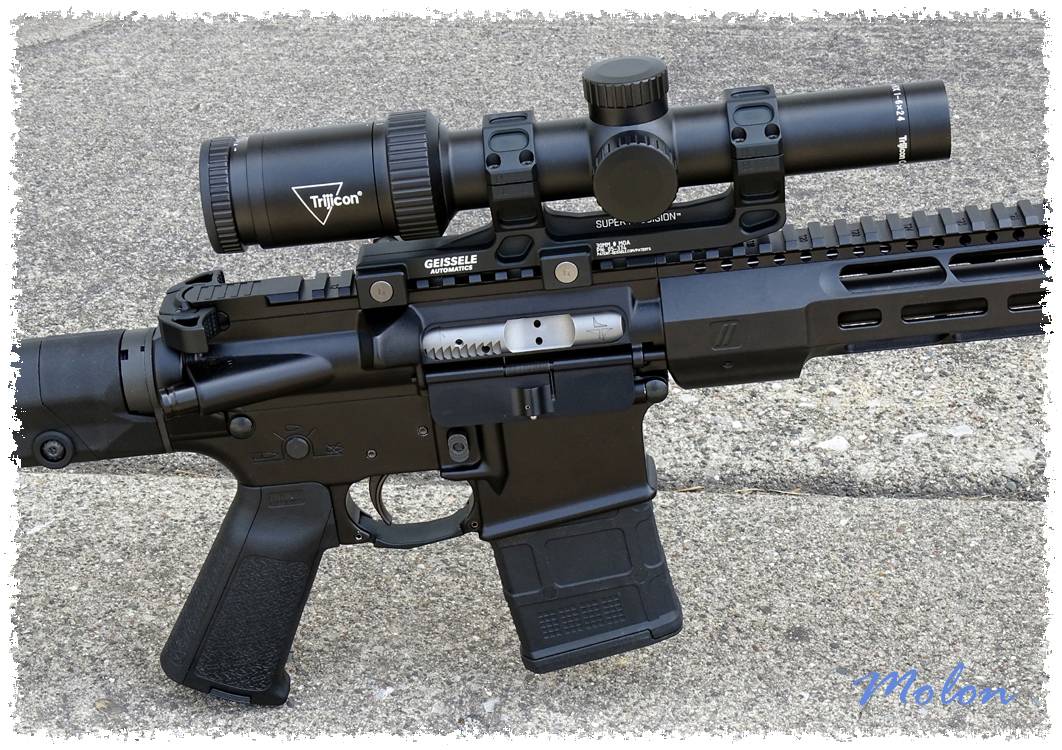
One of Trijicon’s more recent entries into the very crowded low-power variable optic market is the Credo HX 1-6x24. Trijicon produces six different versions of the Credo HX 1-6x24. This article spotlights the version with the bullet-drop compensating “Hunter Holds” reticle for 223 Remington, with the LED red dot; SKU number CRHX624-C-2900020
Trijicon is marketing this optic as a “hunting riflescope,” hence the “Hunter Holds” reticle nomenclature. Despite this optic’s relatively late entry into the LPVO market, it’s gaining favor with the AR-15 defensive shooting crowd; and for good reasons. The Credo HX is not “the best” in any of the relevant metrics. However, for those who prefer a second focal plane LPVO on a defensive rifle and aren't interested in defined ranging capabilities, the Credo HX checks many of the preferred boxes, the least of which is a very reasonable price tag for an optic of this quality.
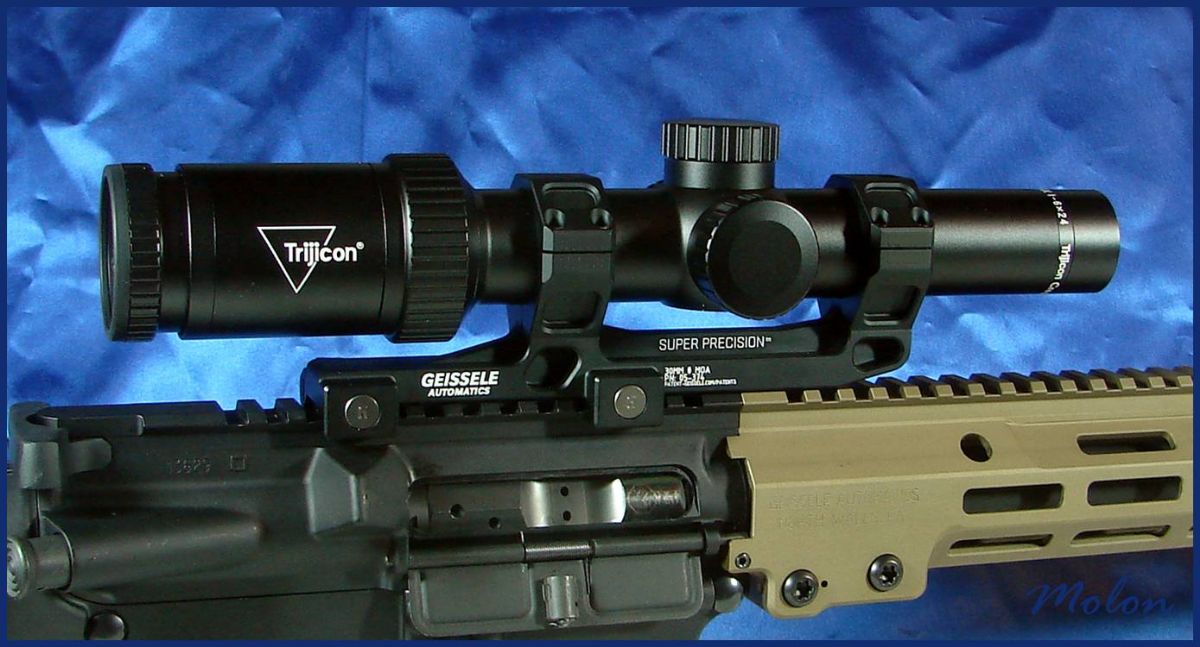
The Trijicon Credo HX 1-6x24 is not the lightest LPVO in its category, but it’s not the heaviest either. Without a mount or lens covers, the Credo HX has a weight of 1 pound, 2.7 ounces.
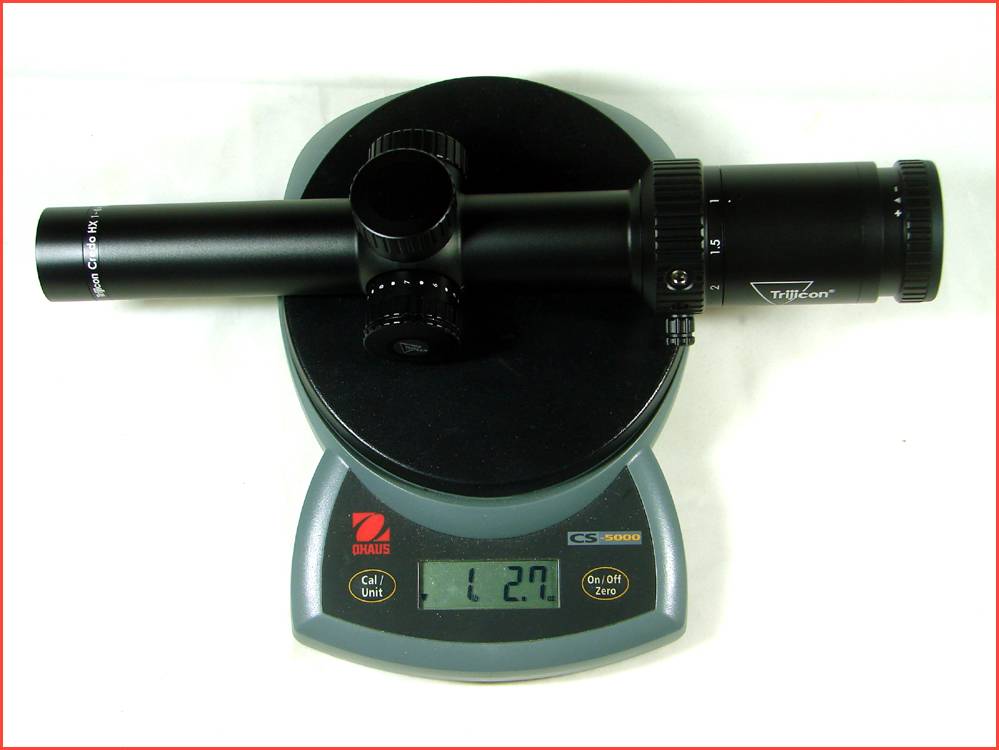
The optic is supplied with bikini-style lens covers and a neoprene scope cover. It also comes with a small magnification-ring throw-lever that can be positioned in two different locations on the ring.
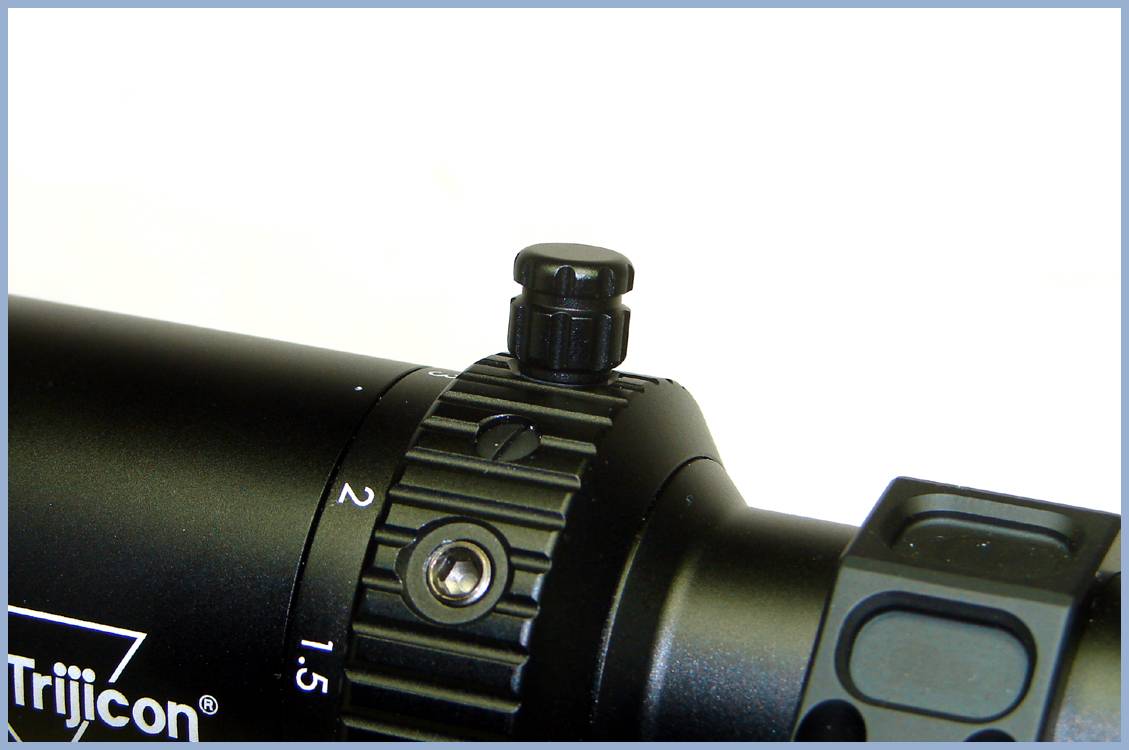
The diopter of the ocular lens is adjustable. The ¼ MOA windage and elevation turrets are capped and the turrets can be “zeroed out” by simply pulling up on the adjustment cap, spinning it to the desired location and pushing it back down.
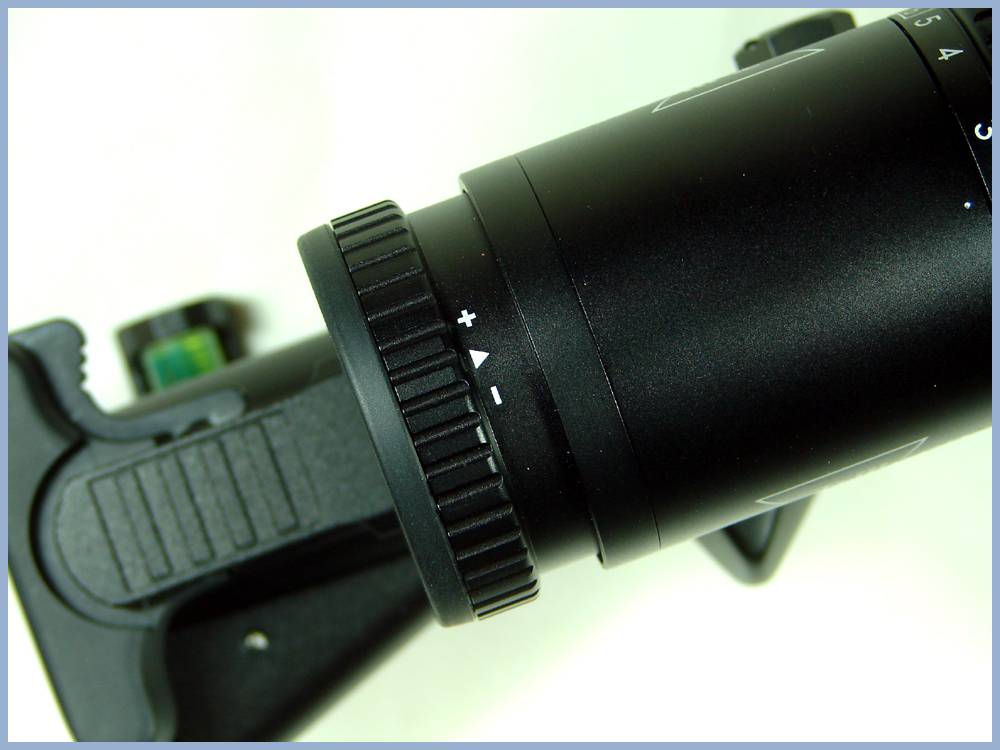
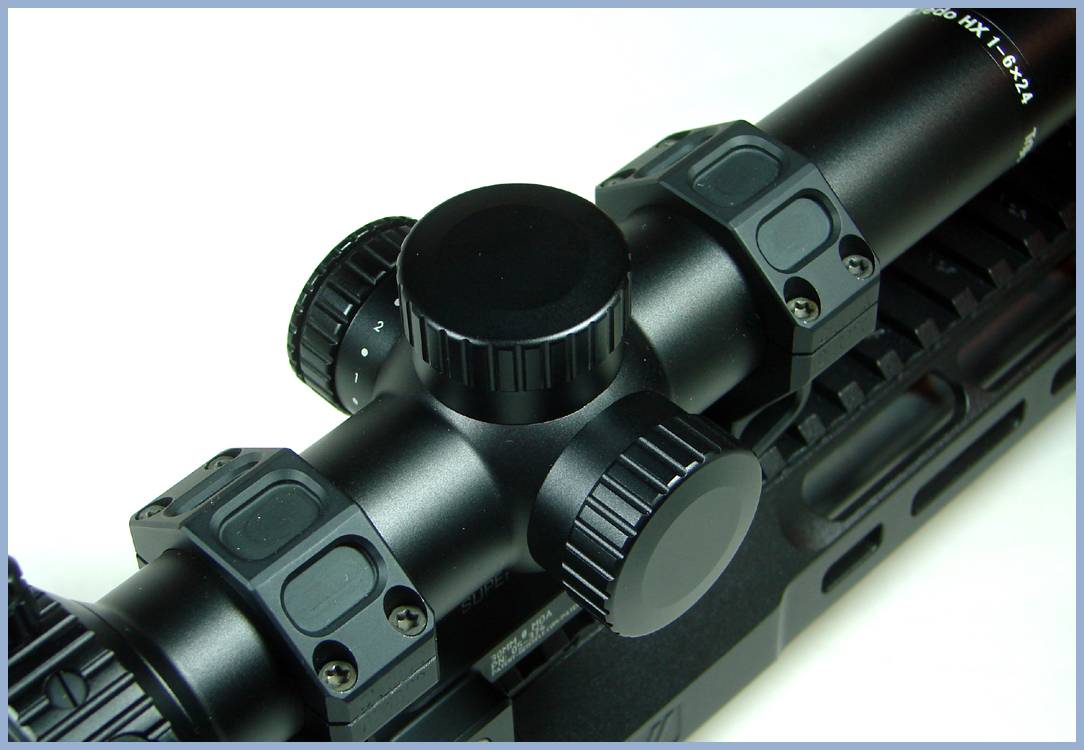
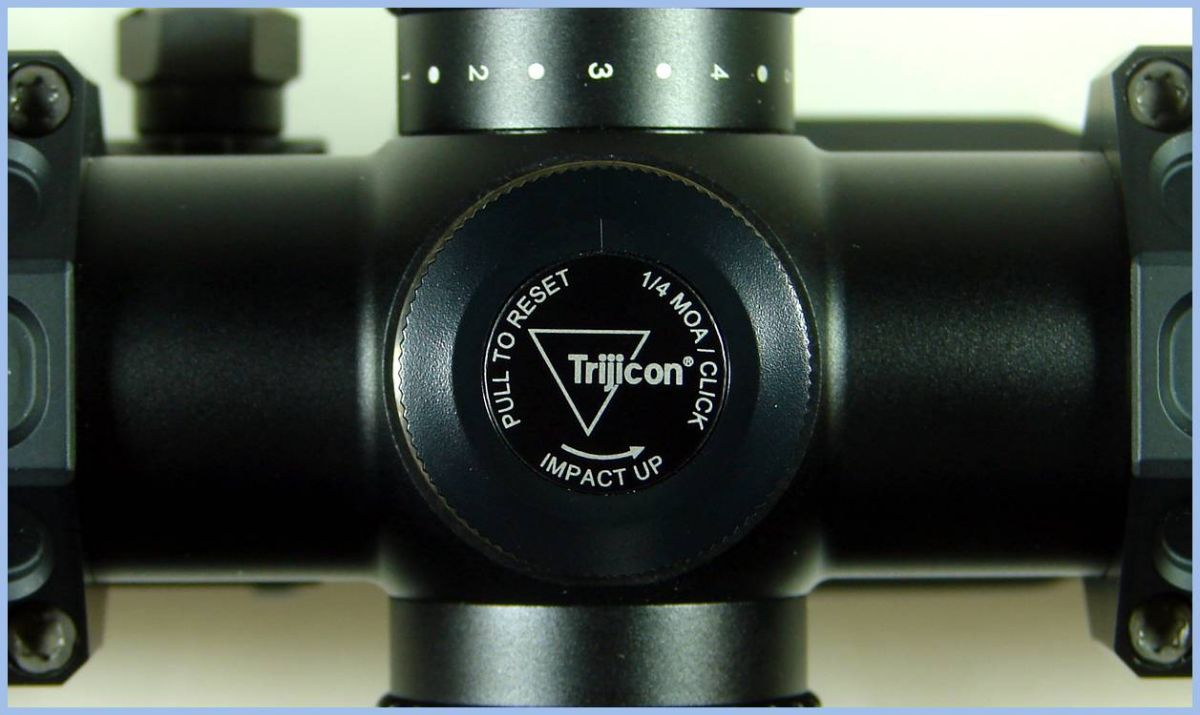
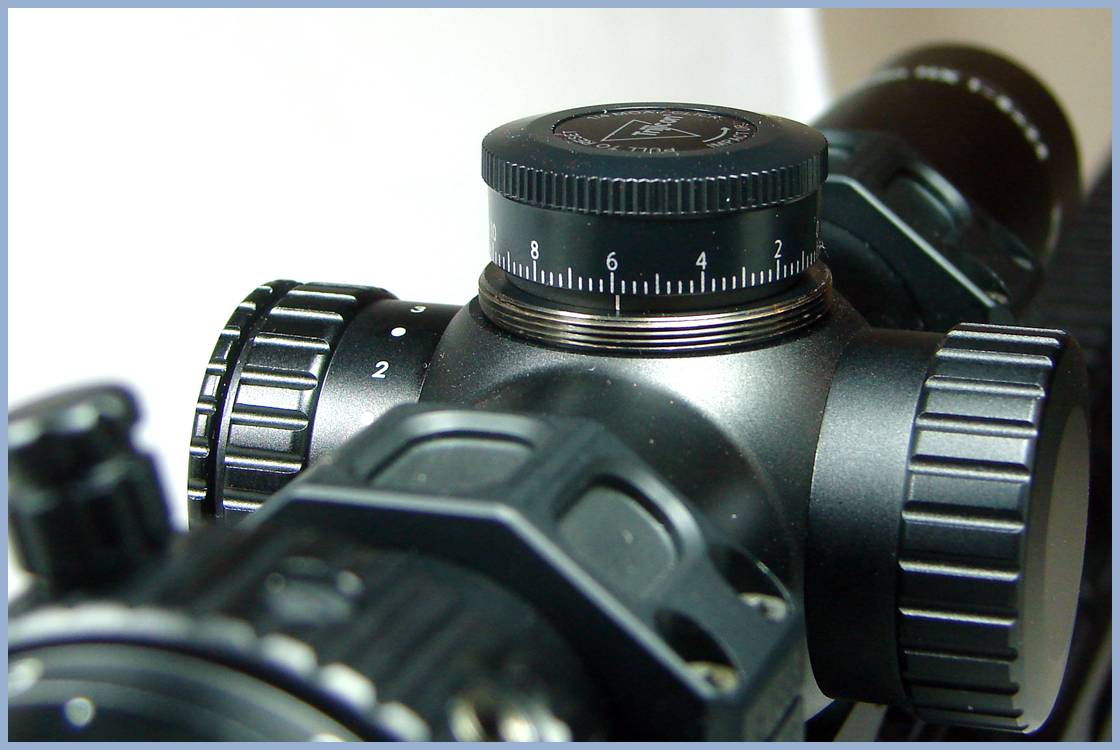
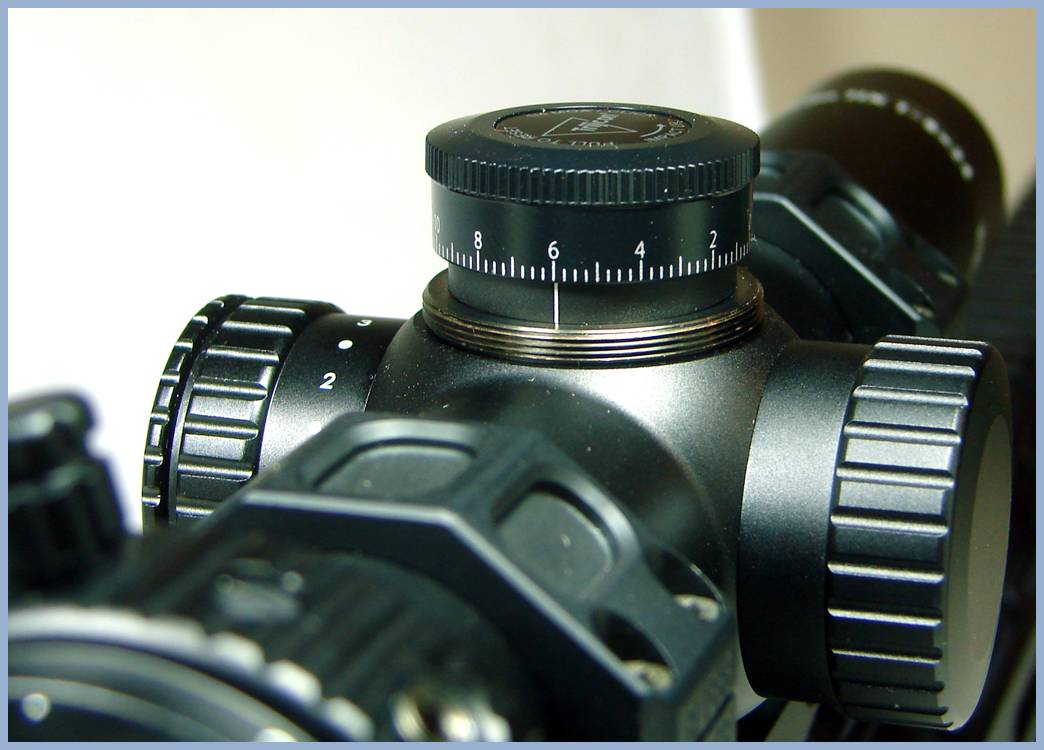
The bullet-drop compensating reticle on the Credo HX is based on the German #4 reticle. The Credo HX reticle has four stadia lines on the horizontal cross-hair for rudimentary windage and moving-lead hold-offs. The vertical cross-hair has five stadia lines to compensate for bullet-drops from 300 to 700 yards.
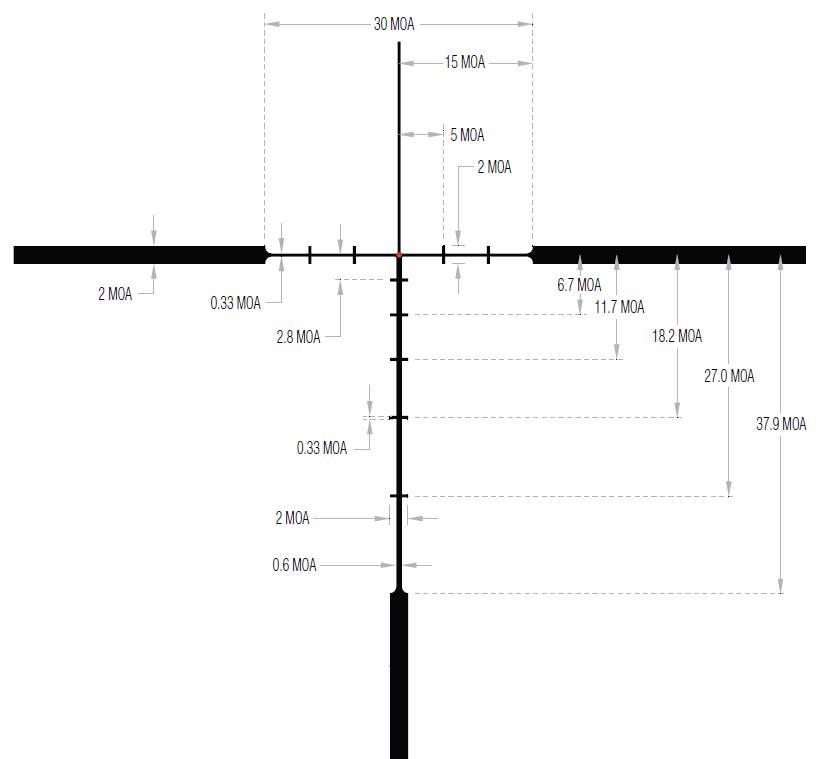
The come-ups of the BDC reticle are a damn near perfect match for my 55 grain loads.
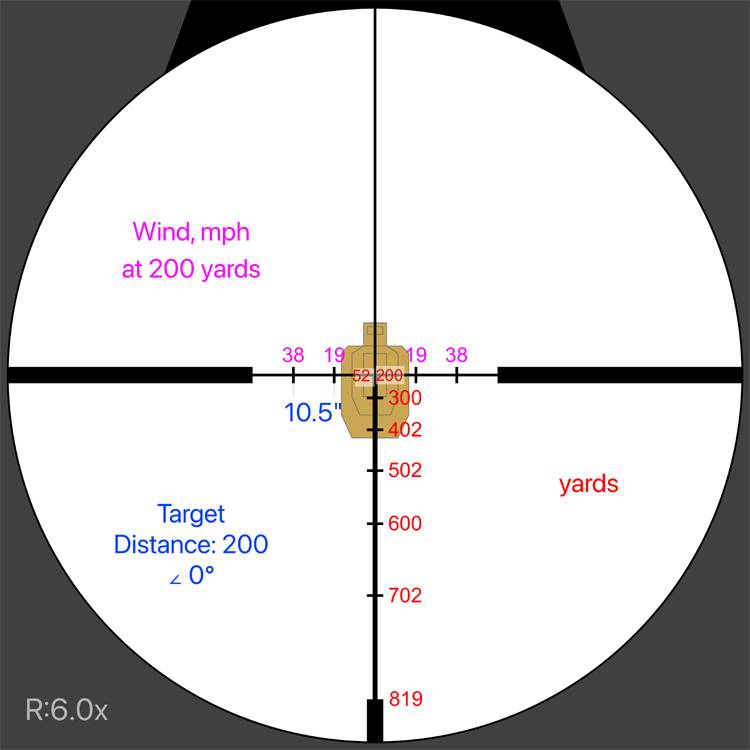
A rough check at 50 yards of the BDC come-ups shows that they are just as advertised. Obviously, since this is a second focal plane reticle, those particular bullet drop compensations only apply with the magnification set a 6X.
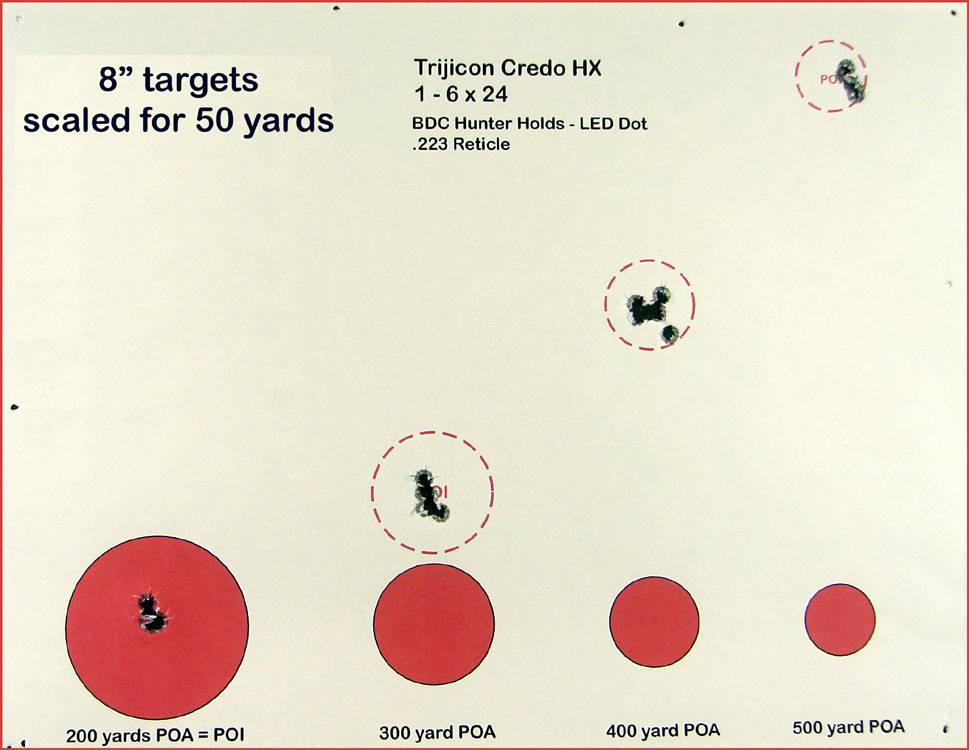

For anyone who might be interested in using my target shown above, you can down-load a .pdf file of it here.
Now, for the more ponderous aspect of this short review; the brightness of the red dot. The LED red dot on the Credo HX is powered by a CR2032 battery which is housed in the brightness adjustment turret. The turret has ten brightness settings with an "off" setting in between each of the brightness levels. The battery powered LED red dot of the Credo HX is definitely daylight bright. If I had to make a subjective comparison, to my MK 1 eyes, the brightness of the red dot on the Credo HX is nearly as bright as the second highest brightness setting on the Aimpoint Comp M5. Even in a manipulated scenario with the brightest outdoor ambient lighting I could find (short of looking into the sun), the dot was still slightly visible.
To demonstrate the above comparison, I took a couple of pictures, outdoors, on a cloudless day. The Credo HX was aimed at a reflective, white garage door with the sun shining at the door from approximately 04:30 behind me.
The first picture shown below is a view of an Aimpoint Comp M5 positioned in a shaded area and aimed at the bright white garage door with the brightness setting on the second highest level. (Keep in mind that the 2 MOA dot of the Aimpoint Comp M5 appears at least two times as large as the red dot on the Credo HX in this example.)
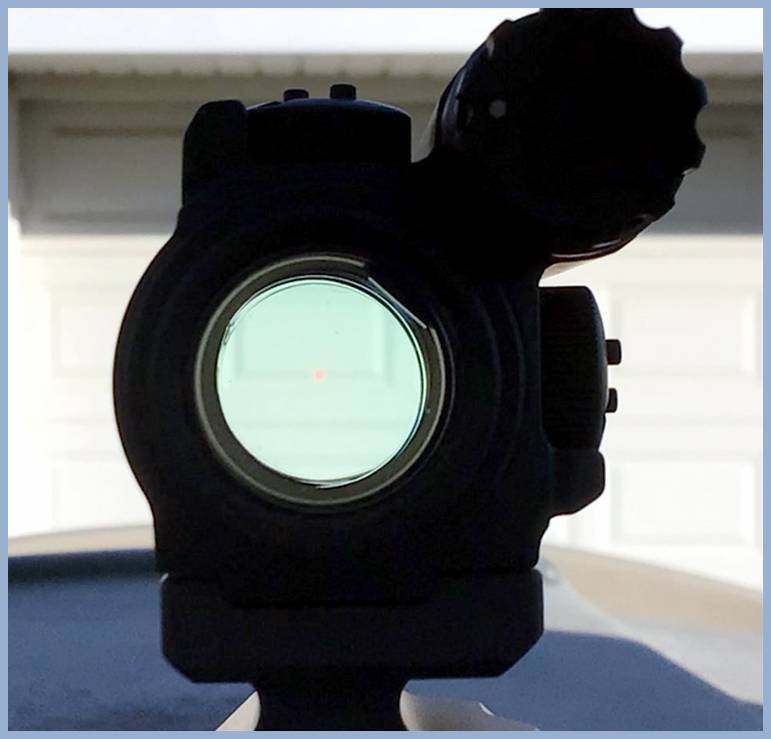
The next picture shows the same view, now through the Credo HX set at 1X magnification positioned in the shaded area with the brightness setting on “10”. The illumination of many of the low-power variable optics on the market would be completly washed out in this scanario.

The last pic shows the red dot of the Credo HX aimed at an actual target.

…..
One of Trijicon’s more recent entries into the very crowded low-power variable optic market is the Credo HX 1-6x24. Trijicon produces six different versions of the Credo HX 1-6x24. This article spotlights the version with the bullet-drop compensating “Hunter Holds” reticle for 223 Remington, with the LED red dot; SKU number CRHX624-C-2900020
Trijicon is marketing this optic as a “hunting riflescope,” hence the “Hunter Holds” reticle nomenclature. Despite this optic’s relatively late entry into the LPVO market, it’s gaining favor with the AR-15 defensive shooting crowd; and for good reasons. The Credo HX is not “the best” in any of the relevant metrics. However, for those who prefer a second focal plane LPVO on a defensive rifle and aren't interested in defined ranging capabilities, the Credo HX checks many of the preferred boxes, the least of which is a very reasonable price tag for an optic of this quality.
The Trijicon Credo HX 1-6x24 is not the lightest LPVO in its category, but it’s not the heaviest either. Without a mount or lens covers, the Credo HX has a weight of 1 pound, 2.7 ounces.
The optic is supplied with bikini-style lens covers and a neoprene scope cover. It also comes with a small magnification-ring throw-lever that can be positioned in two different locations on the ring.

The diopter of the ocular lens is adjustable. The ¼ MOA windage and elevation turrets are capped and the turrets can be “zeroed out” by simply pulling up on the adjustment cap, spinning it to the desired location and pushing it back down.





The bullet-drop compensating reticle on the Credo HX is based on the German #4 reticle. The Credo HX reticle has four stadia lines on the horizontal cross-hair for rudimentary windage and moving-lead hold-offs. The vertical cross-hair has five stadia lines to compensate for bullet-drops from 300 to 700 yards.
The come-ups of the BDC reticle are a damn near perfect match for my 55 grain loads.
A rough check at 50 yards of the BDC come-ups shows that they are just as advertised. Obviously, since this is a second focal plane reticle, those particular bullet drop compensations only apply with the magnification set a 6X.

For anyone who might be interested in using my target shown above, you can down-load a .pdf file of it here.
Now, for the more ponderous aspect of this short review; the brightness of the red dot. The LED red dot on the Credo HX is powered by a CR2032 battery which is housed in the brightness adjustment turret. The turret has ten brightness settings with an "off" setting in between each of the brightness levels. The battery powered LED red dot of the Credo HX is definitely daylight bright. If I had to make a subjective comparison, to my MK 1 eyes, the brightness of the red dot on the Credo HX is nearly as bright as the second highest brightness setting on the Aimpoint Comp M5. Even in a manipulated scenario with the brightest outdoor ambient lighting I could find (short of looking into the sun), the dot was still slightly visible.
To demonstrate the above comparison, I took a couple of pictures, outdoors, on a cloudless day. The Credo HX was aimed at a reflective, white garage door with the sun shining at the door from approximately 04:30 behind me.
The first picture shown below is a view of an Aimpoint Comp M5 positioned in a shaded area and aimed at the bright white garage door with the brightness setting on the second highest level. (Keep in mind that the 2 MOA dot of the Aimpoint Comp M5 appears at least two times as large as the red dot on the Credo HX in this example.)

The next picture shows the same view, now through the Credo HX set at 1X magnification positioned in the shaded area with the brightness setting on “10”. The illumination of many of the low-power variable optics on the market would be completly washed out in this scanario.
The last pic shows the red dot of the Credo HX aimed at an actual target.
…..

